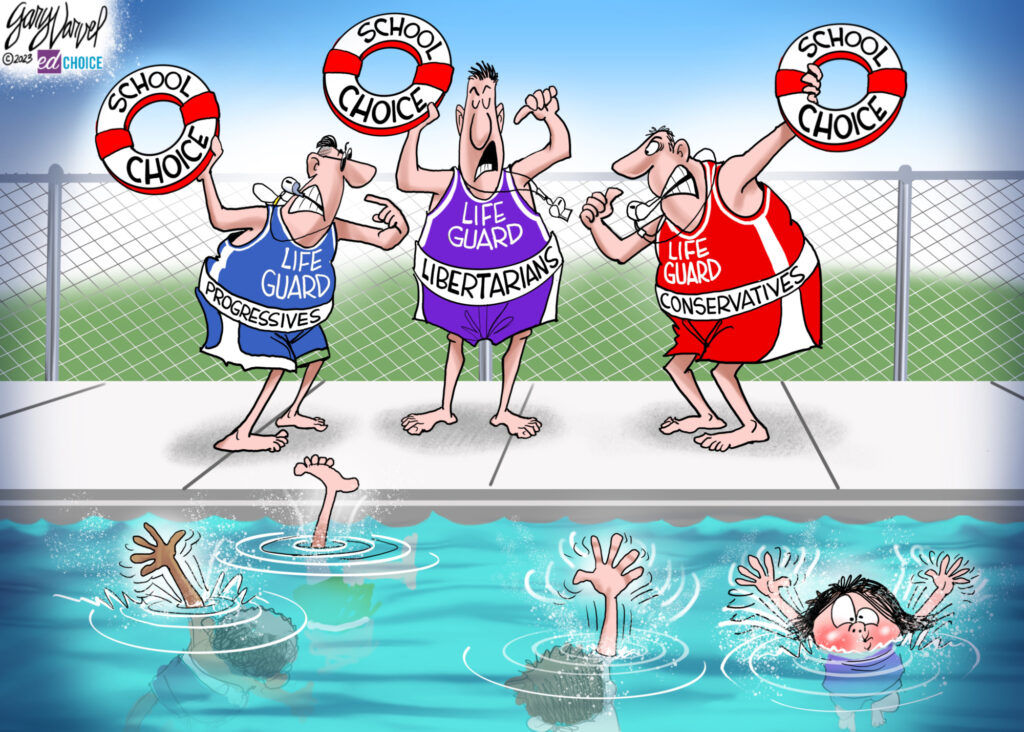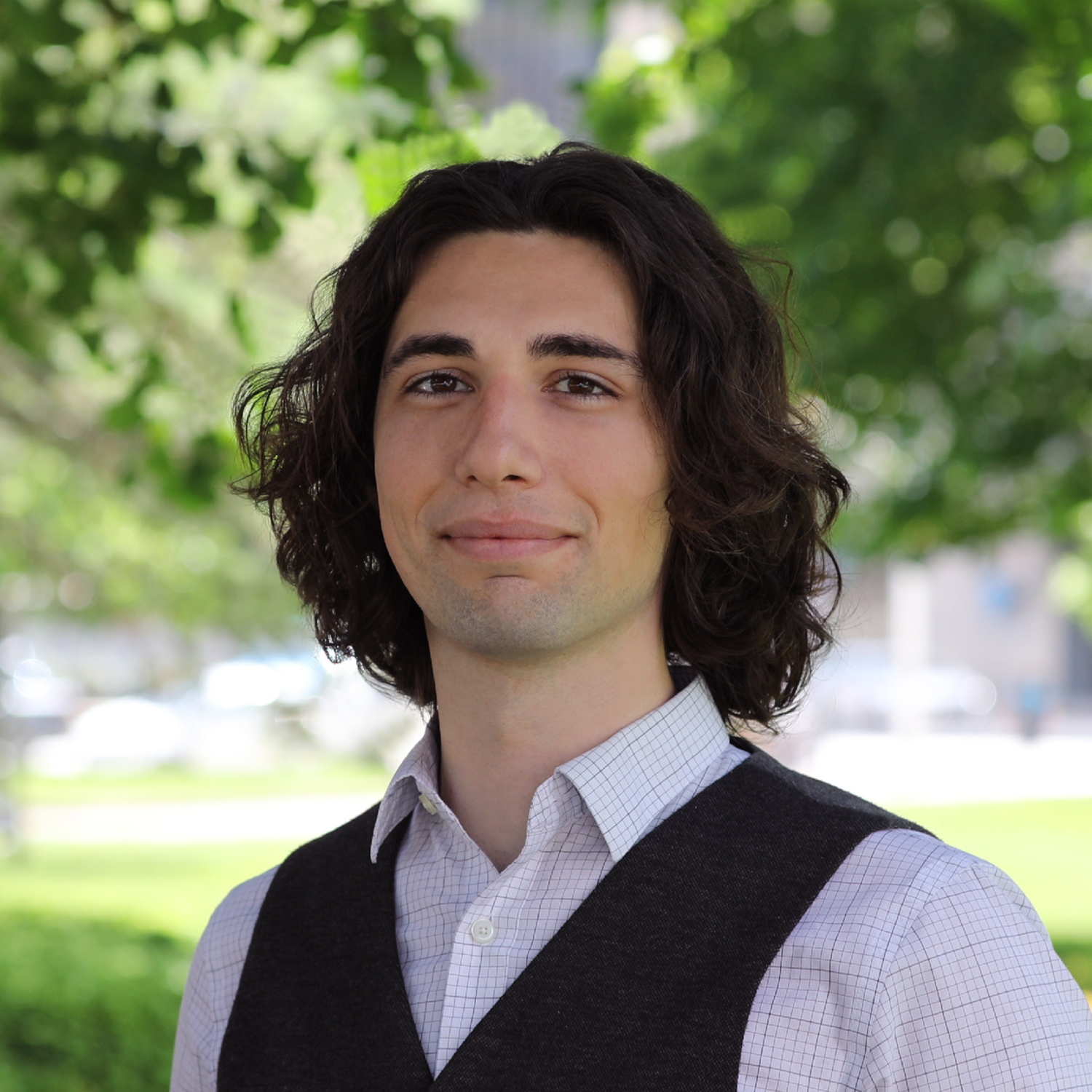Talking (and Listening) about School Choice
It doesn’t take a politico to feel like we are living in a polarized age. Polarization affects how we speak to each other, how we learn about what is happening in the world, whom we cooperate with, how we solve social problems, and even where we live. As many advocates in the school choice world have noticed in recent years, the movement is not immune to these cultural forces.
School choice has a history of overcoming political division. Neither the first private school choice program in Milwaukee nor the first charter school law in Minnesota would have been enacted if it weren’t for progressives and conservatives who were willing to put aside their differences, recognize their shared goals, and push for legislation together. It took people of varying political backgrounds to overcome the first hills on America’s path to educational freedom. If we don’t reclaim that asset, we put a ceiling on what we are able to achieve nationally.
This is where The Three Languages of School Choice comes in. In a new EdChoice working paper, which continues work I started in an article published in the Journal of School Choice, I offer the first step in a path through the polarized fog that obscures our perception of our longtime allies.
First, I want us to recognize how language and narrative shape our politics. Stories have been humanity’s most effective form of communicating big ideas throughout our history. After all, they ground us in reality, provide coherent explanations for why things are the way they are, and allow us to imagine possible futures.
While it’s not always apparent at first sight, narratives drive political ideas as well. When you politically disagree with your neighbor, you’re not merely persuaded by different philosophical arguments. You see yourselves inhabiting different political narratives. You see the past through different lenses, so you have different visions of what a better future looks like, and you perceive people differently. The paper dives deeper into the research behind the relationship between the human brain, politics, and stories, all to help readers better understand what shapes others’ philosophies and find common ground.
Second, we can identify the political narratives within the school choice movement. Here I enlist the help of economist Arnold Kling and his “three-axes model of political communication” detailed in The Three Languages of Politics. Kling identifies heroes and villains in the three major political strains in the United States, progressivism, conservatism, and libertarianism. Progressivism values uplifting the oppressed, conservatism heralds those who build a civilized society, and libertarian heroes fight against those who use coercion to get their way.

All three of these axes appear throughout the history of school choice advocates. Those who lean progressive tend to use language highlighting the ways school choice can empower children who have been overlooked or even harmed by an education system designed to protect the powerful. Conservatives have a particularly strong sense of the place of family in a healthy society, so they frequently describe school choice as a tool for parental empowerment. Libertarians emphasize that a free society must have school choice, both as a right to exercise and a necessary market mechanism.
Notice how none of these languages used to promote school choice are mutually exclusive. For example, overcoming systemic oppression does not preclude valuing family, community, and social order. This is why school choice appeals to so many people—it can be promoted in the language of empowerment, of growth, and of freedom.
Third, I argue the school choice coalition can become stronger and more sustainable if we become politically multilingual. If we can become conversational in another person’s political narrative, we can understand their reasons for joining the choice movement in their own terms. When we can do that, we don’t have to filter conversations with allies through our own language and are likelier to hear people’s actual intentions when they speak. The impact of this understanding could be more revolutionary than one might expect. Broadly speaking, even in a polarized culture, people still want to connect with people who differ from them politically. But people assume the other group won’t want to cooperate with them. In classic prisoner’s dilemma fashion, fewer people are willing to take the initiative . Seeing our neighbors through their own eyes could cut through these corrosive assumptions at the outset.
The Three Languages of School Choice is a starting point for the next wave of educational freedom. A movement siloed is a movement limited. For education freedom to truly take hold in the United States, the school choice movement must reclaim its politically multilingual roots and adapt them for today’s political age.




